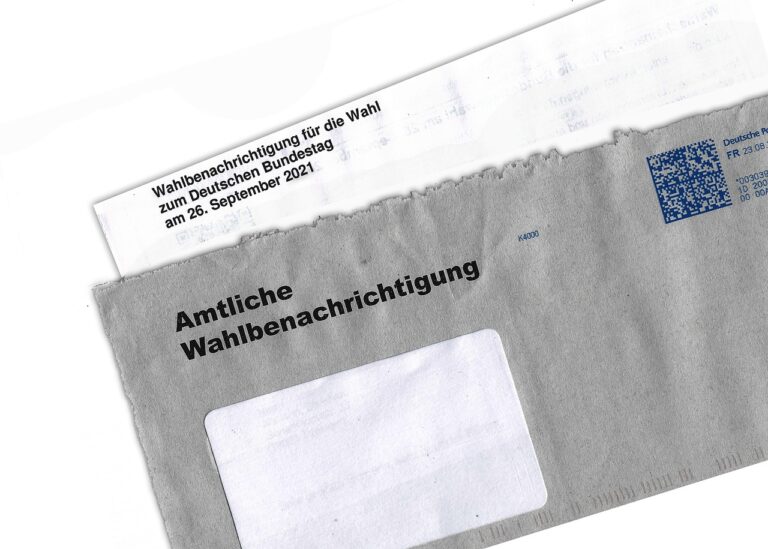Analyzing Campaign Finance Data with Software Tools
skyexchange login, world777 login, golds bet login:Analyzing Campaign Finance Data with Software Tools
Campaign finance data plays a crucial role in understanding how political campaigns are funded and where that money is being spent. With the help of software tools, analysts can delve deep into this data to uncover patterns, trends, and potential issues. In this blog post, we will explore how software tools can be used to analyze campaign finance data effectively.
Understanding the importance of campaign finance data
Campaign finance data provides a transparent view of how political campaigns are funded, which is essential for maintaining the integrity of the political process. By analyzing this data, analysts can identify potential conflicts of interest, track the flow of money in politics, and hold candidates and organizations accountable for their financial activities.
The use of software tools for campaign finance analysis
Software tools can greatly simplify the process of analyzing campaign finance data. These tools can handle large volumes of data, automate repetitive tasks, and visualize data in a way that is easy to understand. Some popular software tools used for campaign finance analysis include:
1. Tableau: Tableau is a powerful data visualization tool that allows analysts to create interactive and dynamic dashboards to explore campaign finance data. With Tableau, analysts can uncover hidden patterns and trends within the data and share their findings with stakeholders.
2. Excel: Excel is a versatile tool that can be used for a wide range of data analysis tasks, including campaign finance analysis. Analysts can use Excel to clean and process data, perform calculations, and create charts and graphs to visualize their findings.
3. R: R is a programming language commonly used for statistical analysis and data visualization. Analysts can use R to perform advanced analysis of campaign finance data, such as predictive modeling and machine learning.
4. Python: Python is another popular programming language that can be used for data analysis tasks. Analysts can use Python libraries such as Pandas and Matplotlib to clean and analyze campaign finance data.
Analyzing campaign finance data with software tools
To analyze campaign finance data effectively, analysts should follow a systematic approach that includes the following steps:
1. Data collection: The first step in analyzing campaign finance data is to collect the data from reliable sources, such as the Federal Election Commission (FEC) website or state campaign finance databases.
2. Data cleaning: Once the data is collected, analysts should clean the data to remove any errors or inconsistencies. This may involve standardizing data formats, correcting typos, and filling in missing values.
3. Data processing: After cleaning the data, analysts should process the data to prepare it for analysis. This may involve aggregating data, performing calculations, and creating new variables.
4. Data analysis: With the data processed, analysts can now start analyzing the data using software tools such as Tableau, Excel, R, or Python. Analysts can create visualizations, perform statistical analyses, and identify patterns and trends within the data.
5. Interpretation: Finally, analysts should interpret their findings and draw conclusions based on their analysis. Analysts should consider the context of the data and any potential limitations in their analysis.
By following this systematic approach and using software tools effectively, analysts can uncover valuable insights from campaign finance data that can inform policy decisions, hold candidates and organizations accountable, and promote transparency in the political process.
FAQs
Q: Can I use free software tools for campaign finance analysis?
A: Yes, there are many free software tools available for campaign finance analysis, such as Excel, R, and Python. These tools can be powerful and effective for analyzing campaign finance data.
Q: How can I access campaign finance data?
A: Campaign finance data is typically available from sources such as the FEC website, state campaign finance databases, and nonprofit organizations that track campaign finance activities.
Q: What are some common pitfalls to avoid when analyzing campaign finance data?
A: Some common pitfalls to avoid include not cleaning the data properly, not considering the context of the data, and drawing conclusions without sufficient evidence.
In conclusion, campaign finance data is a valuable resource for understanding the flow of money in politics. By using software tools effectively, analysts can uncover valuable insights from campaign finance data that can inform policy decisions, hold candidates and organizations accountable, and promote transparency in the political process.







